
Table of Contents
In the dynamic world of digital marketing, one constant remains: the significance of local SEO in driving business growth. As we step into 2024, the question on every local business owner’s mind is, ‘How can I ensure my business dominates Google Maps and local search results?’ The answer lies in understanding and mastering the ever-evolving landscape of local SEO.
According to a study by Google, 76% of people who search for something nearby on their smartphone visit a related business within a day. This statistic underscores the power of local SEO in converting online visibility into offline footfall. But with over 1.3 billion websites competing for attention, standing out in local search rankings is no easy feat. So, how can you ensure your business is the one that catches the eye of potential customers?
This article promises to be your comprehensive guide to local SEO in 2024. We’ll delve into the intricacies of Google Maps optimization, explore strategies to boost your local search rankings, and provide actionable tips to help you stay ahead of the curve. By the end of this article, you’ll have a clear roadmap to dominate Google Maps and local search results, turning your online presence into a powerful tool for driving local business growth.
But before we dive in, let’s agree on one thing: local SEO is not a set-it-and-forget-it strategy. It’s an ongoing process that requires continuous effort, adaptation, and optimization. So, are you ready to roll up your sleeves and get to work? Let’s embark on this journey together and make 2024 the year your business truly shines in local search results.
Mastering the Local SEO Landscape for Unmatched Visibility
In the dynamic world of digital marketing, local SEO has emerged as a powerful tool for businesses to enhance their online presence and attract nearby customers. Mastering the local SEO landscape is akin to navigating a vibrant, ever-changing cityscape, where understanding the terrain and its inhabitants is key to unmatched visibility. Imagine you’re a seasoned cartographer, armed with an array of tools
- from Google My Business listings to local citations, online reviews, and localized content. Your mission? To create a detailed, accurate map that leads potential customers straight to your doorstep. This involves optimizing your website for local search, ensuring consistency in your business’s online information, and fostering a robust online reputation through positive reviews. But remember, this isn’t a one-time task; the local SEO landscape is fluid, with new streets (algorithm updates) and landmarks (trending keywords) constantly appearing. Therefore, continuous monitoring, adaptation, and improvement are crucial. By mastering this landscape, you’re not just boosting your business’s visibility; you’re becoming an integral part of your community’s digital ecosystem, making it easier for locals to find, engage with, and support your enterprise. So, grab your metaphorical compass, and let’s embark on this exciting journey to dominate your local SEO landscape!
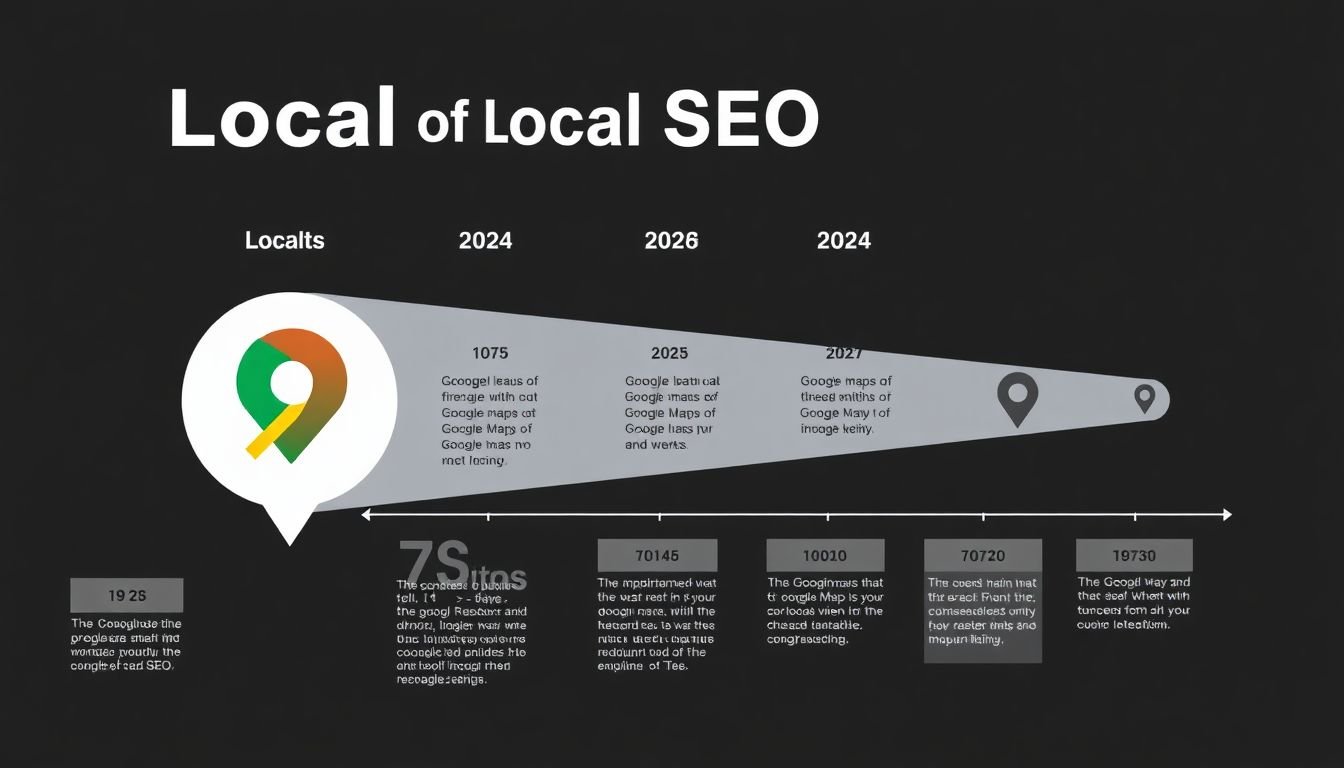
The Evolution of Local SEO: A 2024 Perspective
In the dynamic landscape of digital marketing, the evolution of Local SEO has been nothing short of transformative. As we gaze into the crystal ball of 2024, let’s embark on a journey that traces the historical context, current state, and projected trends of this vital industry sector.
The story of Local SEO is one of adaptation and innovation, born out of the necessity to connect local businesses with their communities in the digital age. It was in the early 2010s that Google first introduced the ‘Google Places’ service, a rudimentary precursor to today’s sophisticated local search algorithms. This initial foray into local SEO was a game-changer, allowing businesses to claim and manage their online presence, and consumers to discover local services and products with ease.
Fast forward to the present day, and we find ourselves in an era where Local SEO has evolved into a complex, multifaceted discipline. The rise of mobile devices and voice assistants has led to a surge in local ‘near me’ searches, with consumers increasingly seeking immediate, location-specific solutions. The current state of Local SEO is characterized by a multitude of ranking factors, from online reviews and citations to click-through rates and mobile-friendliness.
But perhaps the most significant development in recent years has been the increasing importance of Google Maps. Once a standalone service, Google Maps has now become deeply integrated with local search results, with ‘Map Pack’ listings often appearing at the top of search engine results pages (SERPs). This integration has led to a heightened focus on optimizing Google My Business listings, with accurate and up-to-date information now more crucial than ever. Moreover, the rise of Google Maps has sparked a new era of local SEO, one where proximity, prominence, and relevance are king.
As we look towards 2024, several trends are set to shape the future of Local SEO. The rise of AI and machine learning will likely lead to more personalized search results, with Google’s algorithms becoming increasingly adept at understanding user intent. The growing popularity of voice search and virtual assistants will also continue to influence local SEO strategies, with businesses needing to optimize for conversational language and long-tail keywords. Furthermore, the increasing emphasis on user experience and engagement metrics, such as time on site and bounce rates, suggests that a holistic approach to digital marketing will be crucial for local SEO success in the coming years.
In conclusion, the evolution of Local SEO is a testament to the ever-changing nature of the digital landscape. From its humble beginnings to its current state as a complex, multifaceted discipline, Local SEO has continually adapted to meet the needs of consumers and businesses alike. As we stand on the precipice of 2024, one thing is clear: the future of Local SEO is bright, and those who stay ahead of the curve will reap the rewards.

Understanding Google’s Local Search Algorithm in 2024
In the ever-evolving digital landscape of 2024, understanding Google’s local search algorithm is not just beneficial, but crucial for businesses aiming to reach their local customer base. Google’s local search algorithm, often referred to as ‘Local SEO,’ is a complex system that determines the order in which local businesses appear in search results. The algorithm considers a multitude of factors, with some set to gain even more significance in 2024.
The first and perhaps most significant factor is Google My Business (GMB). Launched in 2014, GMB has become the backbone of local SEO. In 2024, its role is expected to grow further. A well-optimized GMB listing can significantly boost your local search rankings. This includes ensuring your business name, address, and phone number (NAP) are accurate and consistent, as well as keeping your business description and posts up-to-date.
Online reviews, another critical factor, are predicted to carry even more weight in 2024. Google values reviews as they provide valuable insights into customer satisfaction. Encouraging and responding to reviews not only improves your local search rankings but also builds trust with potential customers. The quantity, quality, and diversity of reviews will continue to matter. Google’s algorithm also considers the velocity of reviews, i.e., how recently they were written.
Local citations, mentions of your business on other websites, will remain a key factor in 2024. Accurate and consistent citations signal to Google that your business is legitimate and trustworthy. In 2024, we can expect Google to place even more emphasis on the quality and relevance of these citations. This means that getting listed in high-quality, industry-specific directories will become increasingly important.
Other factors expected to influence local search rankings in 2024 include proximity (how close a business is to the location term used in a search), relevance (how well a local listing matches what someone is searching for), and prominence (how well-known a business is). Optimizing your website for local search, ensuring it’s mobile-friendly and has fast loading speeds, will also continue to be vital. In conclusion, while Google’s local search algorithm is complex and ever-changing, understanding and optimizing these key factors can help businesses stay visible and relevant in local search results in 2024.
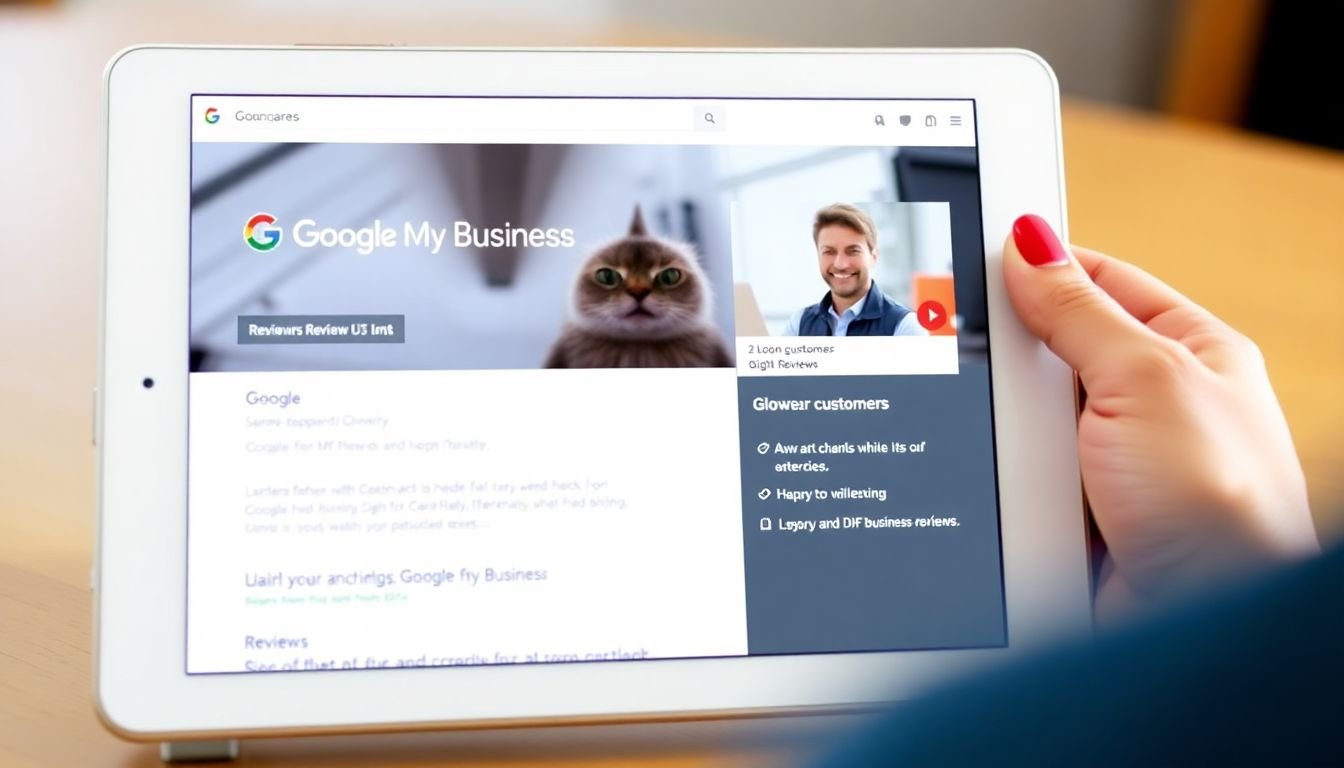
Optimizing Your Google My Business Listing for 2024
Welcome to the future of local SEO! As we step into 2024, optimizing your Google My Business (GMB) listing has never been more crucial. With Google’s ever-evolving algorithms and the increasing importance of local search, a well-optimized GMB listing can significantly boost your business’s visibility and attract more customers.
First things first, ensure your GMB listing is armed with accurate and up-to-date information. This is your business’s digital front door, and incorrect details can lead potential customers to a dead end. Make sure your business name, address, and phone number (NAP) are consistent across all platforms. Google loves consistency, and so do your customers.
Now, let’s talk about the power of visuals. High-quality images can make or break a GMB listing. They’re like the appetizers that whet your customers’ appetites. Use them to showcase your products, services, or even your team. Remember, Google loves fresh content, so keep those images updated.
Customer engagement is the secret sauce that ties everything together. Respond to reviews, both positive and negative, in a timely and professional manner. This not only shows your customers that you care but also signals to Google that your listing is active and relevant. Encourage customers to leave reviews, as they’re a powerful ranking factor. And don’t forget to utilize Google’s new features, like posts and offers, to keep your listing dynamic and engaging.
So, are you ready to optimize your GMB listing for 2024? Here’s a quick checklist to get you started:
- Ensure your NAP is accurate and consistent
- Upload high-quality, relevant images
- Engage with customers through reviews
- Utilize Google’s new features for posts and offers
Let’s make 2024 the year your business shines bright in local search!
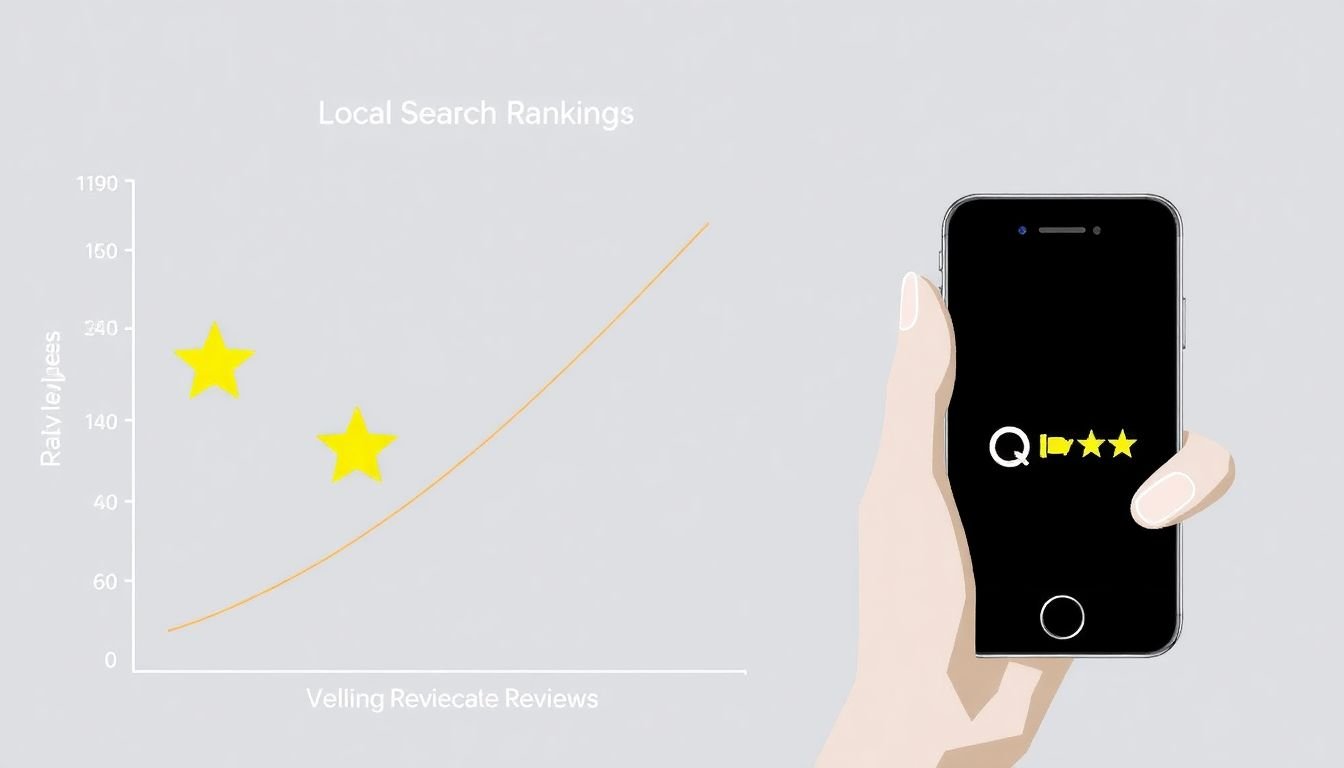
The Power of Online Reviews in 2024 Local SEO
In the dynamic digital landscape of 2024, the power of online reviews has evolved into a formidable force, reshaping local SEO strategies and consumer behavior. With the proliferation of voice search and AI-driven virtual assistants, local search rankings have become increasingly dependent on online reviews. These digital testimonials serve as a vote of confidence, influencing search algorithms and instilling trust in potential customers.
According to a study by BrightLocal, 87% of consumers read online reviews for local businesses in 2024, with 39% doing so on a regular basis. This underscores the critical role reviews play in driving foot traffic and conversions. Positive reviews not only boost your local search rankings but also enhance your business’s credibility, making it a crucial aspect of your SEO strategy.
To harness the power of online reviews, businesses must adopt proactive strategies. Firstly, encourage customers to leave reviews by making the process seamless and accessible. This could involve including review links in post-purchase emails, sending SMS reminders, or even offering incentives. Secondly, respond to reviews promptly and professionally. This demonstrates your commitment to customer satisfaction and can turn negative experiences into positive ones. Lastly, manage negative feedback diligently. Address issues publicly, apologize when necessary, and show customers that you value their input.
In 2024, online reviews are more than just a marketing tool; they are a vital component of local SEO and customer decision-making processes. By understanding and leveraging their power, businesses can gain a competitive edge in the local market.
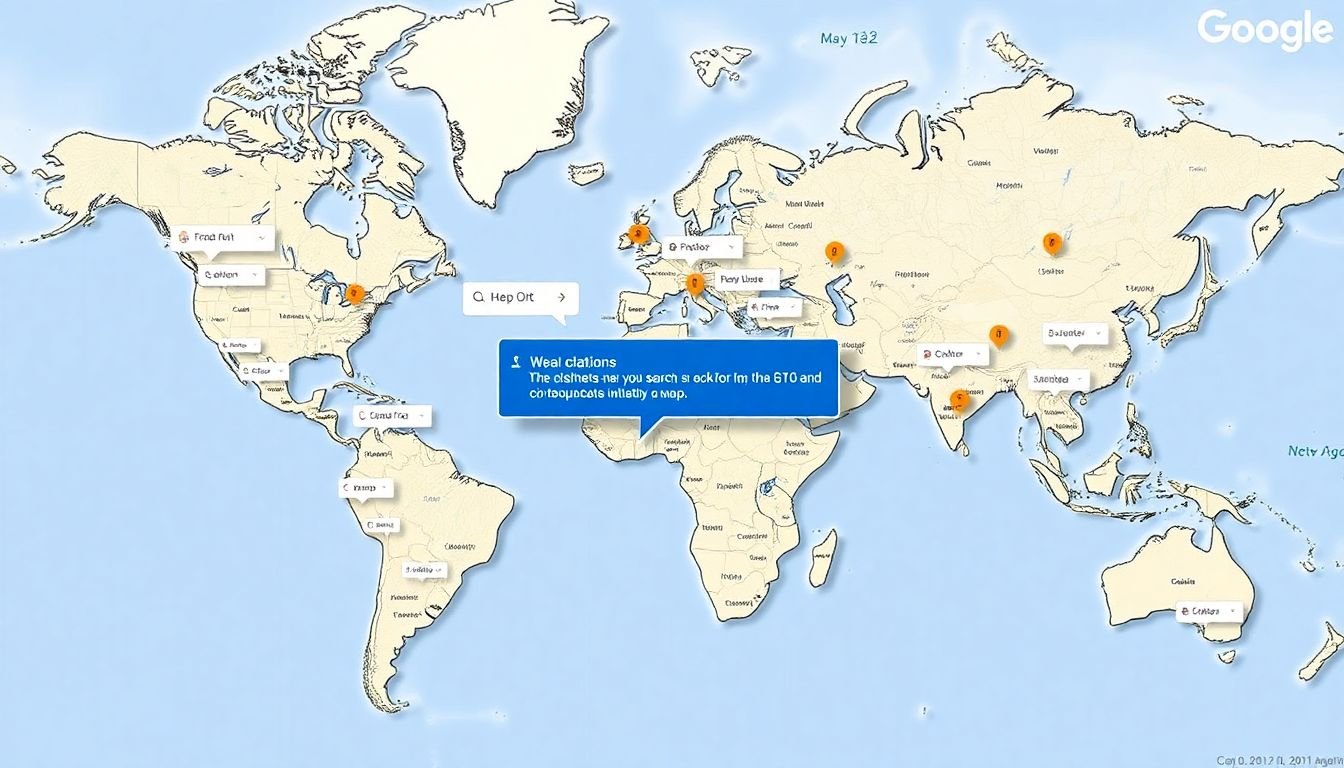
Leveraging Local Citations for Improved Search Visibility
In the dynamic world of digital marketing, local citations have emerged as a powerful tool for businesses to enhance their online visibility and attract local customers. Local citations, essentially mentions of your business’s name, address, and phone number (NAP) on other websites, play a pivotal role in local SEO. They serve as a vote of confidence for your business, signaling to search engines like Google that your business is legitimate, trustworthy, and relevant to local search queries.
In 2024, the importance of local citations is set to grow even more, as voice search and AI-driven assistants continue to rise in popularity. These technologies rely heavily on accurate and consistent local citations to provide users with relevant, up-to-date information. Therefore, building and managing local citations is not just a one-time task, but an ongoing strategy that can significantly improve your search visibility and drive more local customers to your business.
Consistency and accuracy are the cornerstones of effective local citation management. Inconsistent or inaccurate citation information can confuse search engines and potential customers alike, leading to a drop in rankings and a decrease in trust. To ensure consistency, it’s crucial to standardize your business’s NAP across all platforms. This includes using the same business name, address, and phone number, even if it’s a toll-free number. For instance, if your business is located at 123 Main Street, don’t list it as 123 Main St or 123 Main Street, Suite A.
To build and manage local citations in 2024, consider the following strategies:
- Claim and optimize your Google My Business listing. This is the most important local citation, as it directly impacts your business’s visibility on Google Maps and local search results.
- Leverage data aggregators. These services distribute your business’s information to various directories and platforms. The major data aggregators in the U.S. are Factual, Infogroup, Acxiom, and Localeze.
- Use citation building tools. Platforms like BrightLocal, Moz Local, and Yext can help you manage and build local citations at scale.
- Monitor and update your citations regularly. Changes in your business’s information, such as a new phone number or address, should be updated across all platforms to maintain consistency.
By implementing these strategies, you can effectively leverage local citations to improve your search visibility and attract more local customers in 2024.

The Role of Mobile-First Indexing and Site Speed in 2024 Local SEO
In the dynamic landscape of 2024, local SEO has evolved to prioritize user experience, with mobile-first indexing and site speed emerging as pivotal ranking factors. Google’s shift to mobile-first indexing, announced in 2019 and fully implemented by 2021, has underscored the importance of mobile-friendly websites. This means Google predominantly uses the mobile version of your site for indexing and ranking, making it crucial for local businesses to ensure their websites are optimized for mobile devices.
The speed at which your website loads is another critical factor that significantly impacts local SEO. In 2024, users expect instant gratification, and a slow-loading site can lead to high bounce rates and lost customers. Google, in turn, penalizes slow sites in search rankings, affecting both local search and Google Maps visibility.
To optimize for mobile-first indexing and site speed in 2024, consider the following best practices:
-
Mobile-First Indexing:
- Ensure your website is responsive and mobile-friendly. Use Google’s Mobile-Friendly Test tool to check your site. Prioritize mobile-specific features like touch-friendly navigation and large, readable fonts.
Site Speed:
- Minimize HTTP requests by reducing the number of elements on your pages. Optimize images by compressing them and serving them in next-gen formats like WebP. Leverage browser caching to store static files on visitors’ devices, reducing load times for repeat visitors.
Progressive Web Apps (PWAs):
Consider developing a PWA for your business. PWAs combine web and mobile app functionalities, providing fast, reliable, and engaging experiences that can improve local SEO.
By focusing on mobile-first indexing and site speed, you can enhance your local business’s visibility on Google Maps and local search rankings, driving more organic traffic and potential customers in 2024.
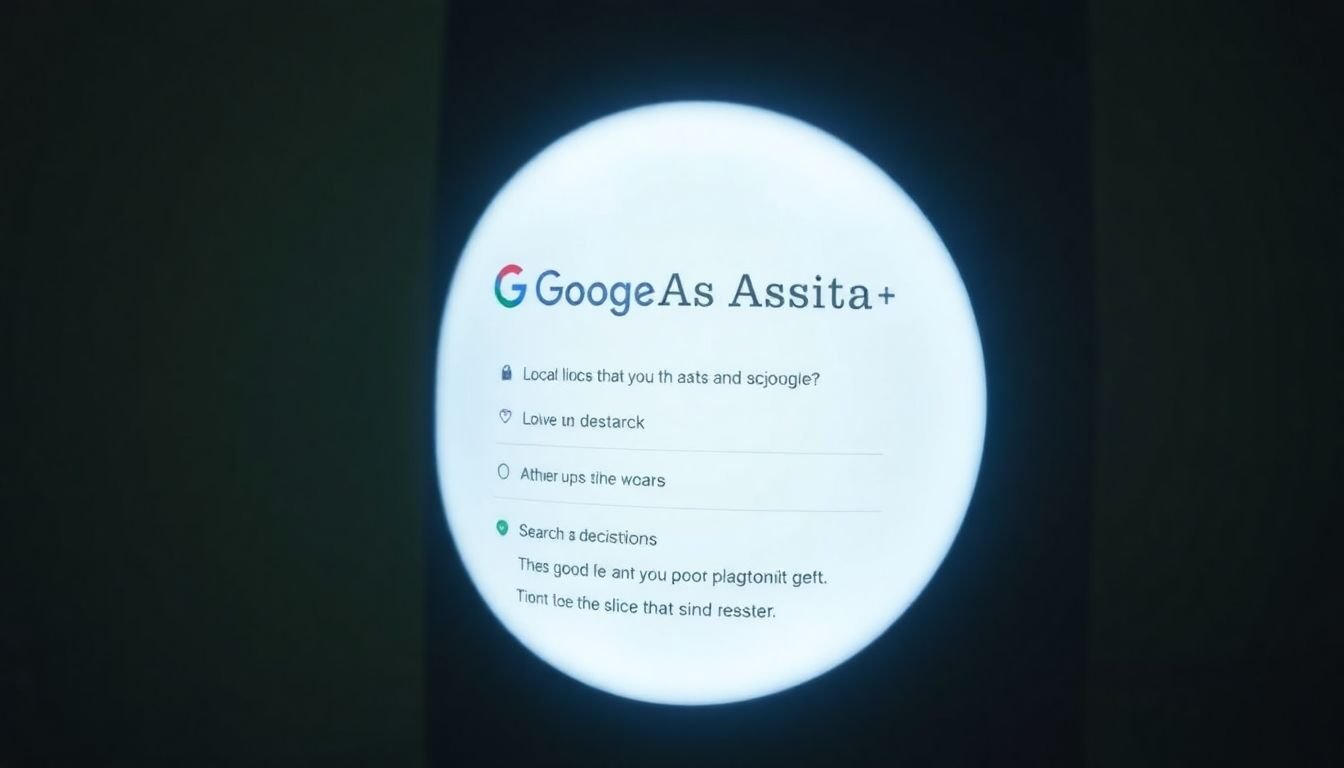
Voice Search and Local SEO in 2024: A New Frontier
In the dynamic landscape of 2024, voice search has emerged as a game-changer, transforming the way we interact with digital platforms and reshaping local SEO strategies. According to a report by ComScore, by 2024, voice search is expected to account for 50% of all searches, making it a crucial aspect to consider for businesses aiming to stay ahead of the curve.
The shift towards voice search has brought about a significant change in user behavior, with queries becoming more conversational and longer, often phrased as questions. This trend has led to an increased focus on long-tail keywords and conversational language in SEO strategies. To optimize for voice search, businesses need to adopt a more natural and conversational tone in their content, focusing on providing direct answers to potential customer queries.
To illustrate, let’s consider a local pizza parlor aiming to improve its voice search visibility. Instead of targeting keywords like ‘best pizza’, they should focus on long-tail keywords and conversational phrases such as ‘What is the best pizza place near me?’ or ‘Where can I find a pizza place that delivers until 11 pm?’.
To implement these strategies, businesses can follow these steps:
- Conduct thorough keyword research, focusing on long-tail keywords and conversational phrases.
- Create content that provides direct answers to potential customer queries, using a conversational and natural tone.
- Optimize Google My Business listings with accurate and up-to-date information, as voice search often pulls data from these listings.
- Ensure your website is mobile-friendly and has fast loading speeds, as voice search is predominantly used on mobile devices.
By implementing these strategies, businesses can future-proof their local SEO efforts and stay ahead in the voice search revolution of 2024.
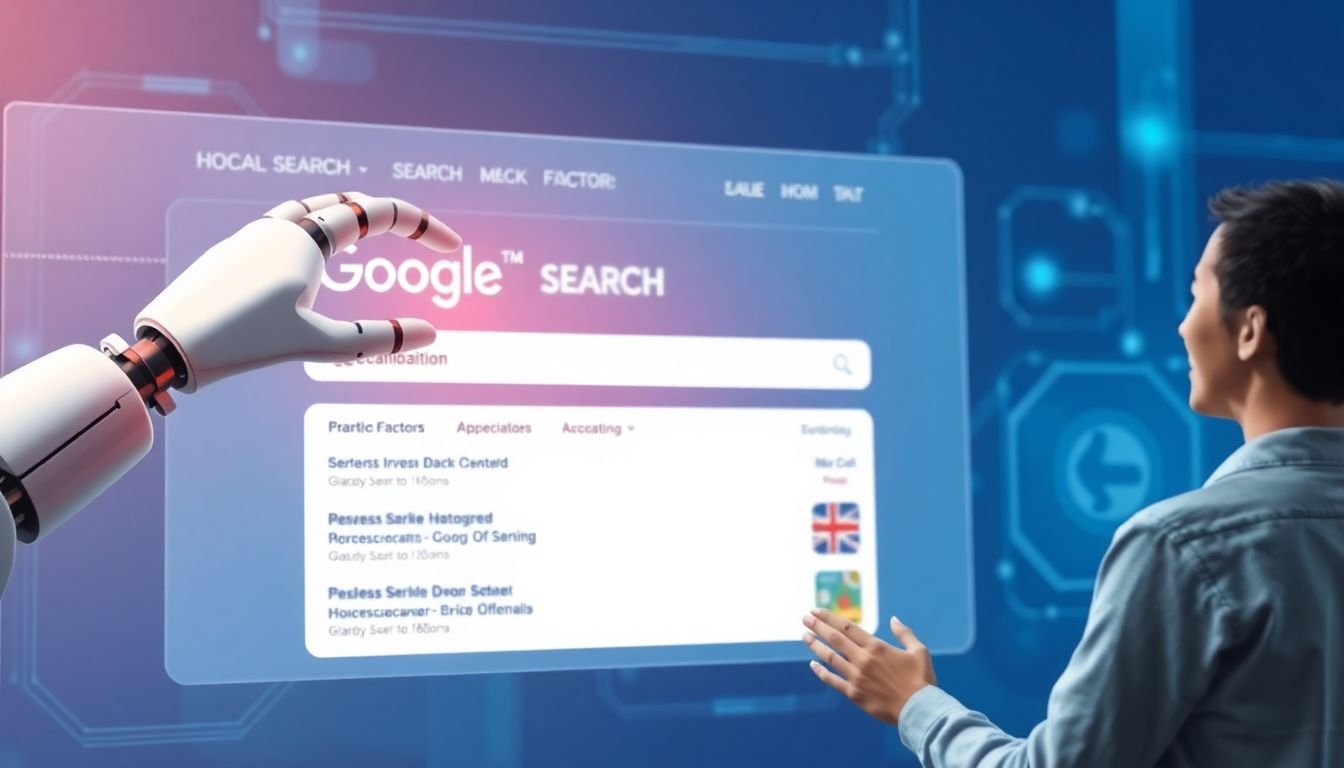
The Future of Local SEO: Artificial Intelligence and Machine Learning
In the dynamic landscape of digital marketing, the intersection of artificial intelligence (AI) and machine learning (ML) with local SEO is set to redefine the game in 2024. As we step into this new era, let’s explore how these transformative technologies could reshape local search rankings and user experiences.
The first wave of change will likely come from AI-driven understanding of user intent. Currently, search engines rely on keywords to understand what users are looking for. However, AI can delve deeper into user queries, understanding context, semantics, and even the user’s location history to provide more accurate and relevant results. This could lead to a significant shift in local SEO strategies, with businesses needing to focus more on creating high-quality, contextually relevant content.
Machine learning, on the other hand, could revolutionize how search engines rank local businesses. Traditional ranking factors like proximity, relevance, and prominence may become more nuanced and dynamic. ML algorithms could learn from user behavior, adjusting rankings in real-time based on what users engage with most. For instance, if users consistently choose the second result over the first, the algorithm could learn to prioritize the second result for similar queries in the future.
AI and ML could also enhance local SEO by improving the understanding of ‘near me’ searches. These searches are increasingly common, with 80% of ‘near me’ searches resulting in a visit or purchase, according to Google. AI could help search engines understand not just the literal meaning of ‘near me’, but also the user’s preferred type of establishment, their past behavior, and even the time of day.
Moreover, AI and ML could transform user experiences by providing more personalized local search results. Imagine a world where your search engine knows your favorite coffee shop, your preferred mode of transport, and your dietary restrictions, and uses this information to provide tailored local search results. This level of personalization could significantly improve user satisfaction and engagement.
However, these changes also present challenges. Businesses will need to adapt their SEO strategies to keep up with these shifts. They may also need to ensure their data is clean and structured to make the most of AI and ML technologies. Moreover, there are ethical considerations around user privacy and the use of personal data.
In conclusion, the future of local SEO is bright, but it’s also complex and full of challenges. AI and ML promise to make local search more accurate, relevant, and personalized, but they also demand that businesses stay agile and adaptable. As we look towards 2024, it’s an exciting time to be in local SEO, with these technologies poised to take us into a new era of local search.
FAQ
What is Local SEO and why is it crucial in 2024?
How does Google determine local search rankings in 2024?
What is Google Maps optimization and why is it important?
How can I improve my local search rankings in 2024?
What role do online reviews play in local SEO in 2024?
How can I optimize my website for local SEO in 2024?
What are some common local SEO myths in 2024?
- Myth: The more keywords you stuff into your website, the better. Truth: Google penalizes keyword stuffing and rewards natural, high-quality content.
- Myth: You should have multiple Google My Business listings to rank higher. Truth: This can lead to suspensions and penalties. It’s better to have one optimized listing.
- Myth: Local SEO is only for small businesses. Truth: Large enterprises can also benefit from local SEO, especially for their individual locations.